Nowadays, users are more interested in the number of megapixels slapped into a smartphone’s camera when a new flagship is launched, be it from Apple, Samsung, Sony, Nexus and other brands. But one factor contributing to a camera’s quality of capture is often missed in product specifications: the aperture.
Aperture vs Megapixel
As a freelance photographer, I believe cameras need less megapixel count and more of the aperture value, sometimes called the f-value, though they are not exactly the same (aperture is measured by the diameter of the lens opening while f-value is the ratio of the focal length to the lens opening’s diameter). That is, if you are not into the printing business. As I have mentioned in a previous article, megapixel only matters when you are printing large copies of your photos. That is so because large printing materials such as tarpaulins, billboards, etc.
Read also: Forget about megapixels, your smartphone’s sensor quality is what matters
The smartphone camera aperture – not the sensor size or the thing called MP – controls much of your photo’s sharpness, exposure, brightness and focus. Here is why. Like digital single lens reflex cameras, many mobile devices currently sprouting in the market as though mushrooms have improved imaging capability due in large part to the introduction of wide-aperture compact lenses.
Here are some of the high-end smartphones with wide aperture (rear camera only):
- Samsung Galaxy S9/S9 Plus, F1.5
- LG V30, F1.6
- Samsung Galaxy S8/S8 Plus, F1.7
- Samsung Galaxy S7/S7 Edge, F1.7
- Apple iPhone 7/7 Plus, F1.8
- HTC 10, F1.8
- iPhone 6S/6S Plus, F2.2
- Sony Xperia Z series, F2.0
- Nexus 6, F2.0
- Motorola Droid Turbo, F2.0
- Nokia Lumia 720/730/735, F1.9
- Xiaomi Mi 4, F1.8
Here is a photo taken using Samsung Galaxy S7 (f/1.7) and an iPhone 6S (f/2.2):
What is aperture?
For non-photographers, here is a quick guide: the smaller the f-number, the wider the aperture. Otherwise, you see a photo with relatively less focus, brightness and crispness. It means that a camera sensor’s ability to let in more light is dictated by the size of aperture opening. So the wider the aperture, the more light comes in. This is especially helpful in low-lit environments where you need to have as much exposure as you need for a good quality image. If your smartphone does not have a wide aperture, you will get underexposed and/or noisy photos. This can be aided with the use of slower shutter speed or higher ISO, but these settings are mostly used on DSLRs. Though some phones currently have pro modes where you can control the shutter speed and the ISO value, a majority of users don’t touch those settings and capture photos in auto mode only.
The advantage, however, of wide apertures is that you do no longer need to adjust the shutter speed and ISO in low-lit environments, meaning your smartphone camera will be more flexible in different lighting conditions. A slower shutter speed, for example, is not applicable if you are shooting a person, especially a moving person or object. You will need a relatively faster shutter speed to freeze the motion and avoid a blurry capture of your image.
Meanwhile, a higher ISO could sometimes lead to noisy images, or images with infinitesimal specks on it. It happens because you are, in effect, stretching the sensor’s light sensitivity to a level where there is no light anymore to detect, therefore resulting in digital aberrations that seem to register light where there is none.
As I have made mention above, the f-value is the ratio of the camera’s focal length to the diameter of aperture opening. So the focal length of a camera is another factor to consider when weighing in on the image quality of your smartphone camera. For comparison, I listed below some high-end smartphones along with their equivalent focal length and aperture:
- Samsung Galaxy S8/S8 Plus: 26mm, f/1.7
- Samsung Galaxy S7: 26mm, f/1.7
- Apple iPhone 7 Plus: 28/56 mm, f/1.8/2.8
- Apple iPhone 6S: 29mm, f/2.2
- LG G4: 28mm, f/1.8
From this comparison, we can see that the Samsung Galaxy S8 gathers more light than the rest of the competitors.
The size of the aperture opening is also responsible for the depth of field, which results in more or less bokeh: the isolation of the subject from the background. Here is the cheat: the smaller f-value, the more isolated the subject is from the background.
In the sample photos above, there is not much difference, though, in terms of isolation because the smartphone cameras used don’t go that far from each other when it comes to aperture. This is because of the crop factor of the image sensor. You can’t really expect much blur in the background using smartphone cameras because the shooter is much smaller in a mobile device than in a DSLR, so all you get is also a small image sensor. Here is the formula: the focal length and f-value multiplied by the crop factor.
Conclusion
So the next time you choose which smartphone best suits your taste when it comes to photography, look at the full specs of the device and head directly to the f-value.

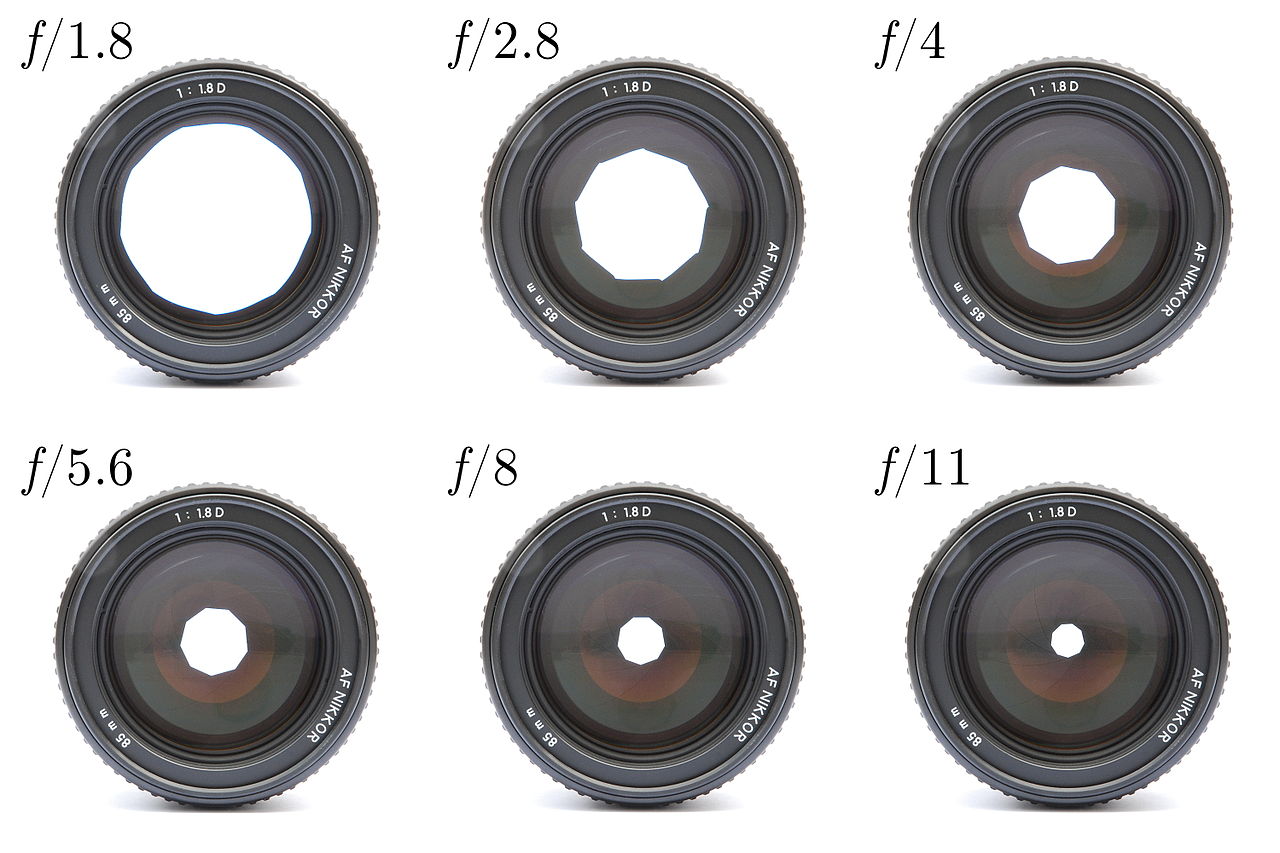
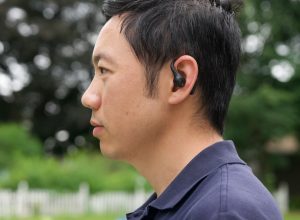
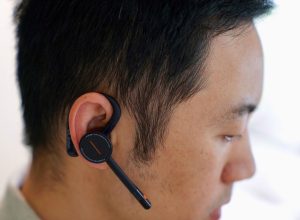
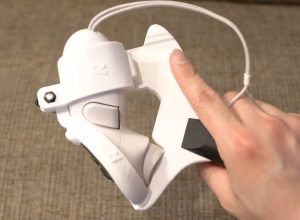
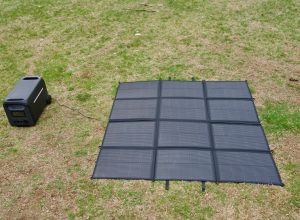
bear says
“For non-photographers, here is a quick guide: the higher the f-number, the wider the aperture.” … What?? That is backwards … Higher f-number is smaller aperture according to your own chart. Correct??
Tuan Do says
Thanks a lot for pointing it out. I’ve just fixed it.
Best
Fact Checker says
Why would you fix it if it wasn’t wrong?! 1/1.7 = 0.5882 1/2= 0.5 So yes, the higher the ‘f-number’, the wider the aperture. This is basic maths, don’t write articles about camera’s if you have trouble with that.
Tuan Do says
No, it was me making a mistake. I know this is confusing too. The f-number actually refers to the number, and the ratio describes the size of the aperture. You can check out this guide from Nikon:
“The maximum aperture indicates the brightness of the image that the lens creates on the image sensor : lenses with wider maximum apertures (lower minimum f-numbers) create a brighter image on the image sensor than lenses with small maximum apertures (higher minimum f-numbers)”
http://imaging.nikon.com/lineup/dslr/basics/19/02.htm
Mridul says
Just focus on the digit next to “/”
The smaller the better
Isaac says
I get it you prefer Android but to be fair, the Samsung S7 should be compared to the iPhone 7…..not the iPhone 6S.
Jakob says
I get it, you prefer iPhone, but…
When demonstrating the effect of aperture, you want to use phones on either end of the aperture scale.
JADENk says
The iphone 7 has a F/1.8 aperture, while the 6s has a F/2.2 aperture, using the 7 would basically be no different to the S7, so using the 6S gives a bit more insight to the difference between apertures. He could’ve used the 6S and the 7 for the demonstration but he didn’t. Deal with it. I personally think the green on one of the tomatoes looks better on the 6S anyway but at a glance they look very similar besides the fact the 6S shot is more zoomed in. I can’t believe I bothered commenting on this my email is going to be flooded with shid now.
Deepak says
Does a 2.2 aperature 13mp smartphone is a good option to buy
wowzers says
i hope you didn’t buy that crap yet haha
Anneel says
Good article
Deepak says
Please upload detail with pdf download format
shrek says
hello, so does the galaxy a5 2017 with 16mp f/1.9 is better photo quality than 13mp f/2,2 of OPPO F3? because of aperture? am i right?
so why does OPPO is a camera phone?
zahin says
oppo is a camera phone only by name
Uluk says
Because it has dual front cameras. That’s why. So Oppo F3 is one of best Selfie smartphone.
Imran says
I have to buy one smartphone but confused about front camera as specified in Coolpad cool play having 8 MP+ F2.2 where is Infinix having 16 MP+ F2.0
I don’t know about these technical terms but I want good picture quality. Please help me to choose right phone in terms of picture quality as I mentioned above!!!!
it's me says
infinix is better because of higher mp (16) and lower f number (2). The lower the number after ‘f’, the brighter and sharper the picture so f2.0 is better than f2.2.
Princess says
So which one is a better camera phone to buy?
Galaxy s7 f/1.7 12mp
Or
Oppo A77 f/2.2 13mp
Please help, thanks.
Kogaion says
S7 all the way, in this case. As described in the article, the lower number after the f means more light to the sensor, which is usually better when trying to shoot in low light conditions.
As a rule, try to get a camera with a smaller f-number. Megapixels aren’t so important unless you’re going to print extremely large images.
Sandip Mishra says
Dear Tuan, your article is very informative. Thanks. Just like me, many people without technical skill buying camera smartphones which many times proved futile. Your article will surely guide us. Thank you again.
Piyush.Stan says
A big thanks for this information :’)
I just wanna ask that
if I’ll buy a smartphone with dual 16mp aperture f/1.7 and 20 mp aperture f/1.8
it will be a great deal,right??
William says
yep,that would be a nice deal
just check out the software end of things as well i.e image processing,etc
By the way,the phone you are talking about is the v30?
Abhishek says
Nice article. Can you tell me meaning of each term..
My image details are..
f/1.7
1/1148
2.44mm
ISO 100
Shirin says
Very Informative … U worked well on describing clearly … Thank you so much !!
Samsung provides mostly wide Aperture
Bilal says
Hello everyone. Its a wonderful article. Thanks for it.
My question is about Nokia 6.1. I am going to buy this phone and i love nokia. Its camera is f 2.0. Is it a bad camera aperture or good?
Wareesha says
Which phone call camera is best
Galaxy s7
5 mp f/1.7
Or
Galaxy j8
16 mp f/1.9
Koya says
Will smart phones with apparture above 2.0 get slow motion
Nathan Ingalla says
is f 1.9 of samsung galaxy j7 2016 good enough?
Henrique says
Hi , I’m really confused about what phone to buy , Galaxy A40 or Galaxy M20 , the A40 has a 16mp with f/1.7 ,26mm . The M20 has a 13mp with f/1.9, 1.12µm. And the selfie camera has 25 mp on the A40 and 8 on the M20, both with f/2.0 . So what os better??
Ricababy says
the goodness of your shot depends on where do you take that picture.
you can use any aperture you want. Depends on what do you want. either portrait or landscape.
Lydie says
Thank you, very helpful :)
Minh says
You’re wrong. The true is: new age camera phones (2020-2021 year) with the large sensor, large megapixel count camera sensor usually come together with larger area, better lens, You’re right about “the lens is the most important factor” but you’re wrong when you simple just looking at the focal length and f number spec, its wrong, because not always that camera phone with your “best spec” have the better,bigger lens aperture area than the other.
Person in the internets says
You missed the only real reason you need a larger aperture in a smartphone. Diffraction. Tiny sensors need large aperture lenses so the tiny pixels can be utilized.
Its the combination of pixel size & aperture size that defines how many of those megapixels you can actually utilize.
John says
Which phone is good for a next level camera ? budget 26k below…. please let m know.